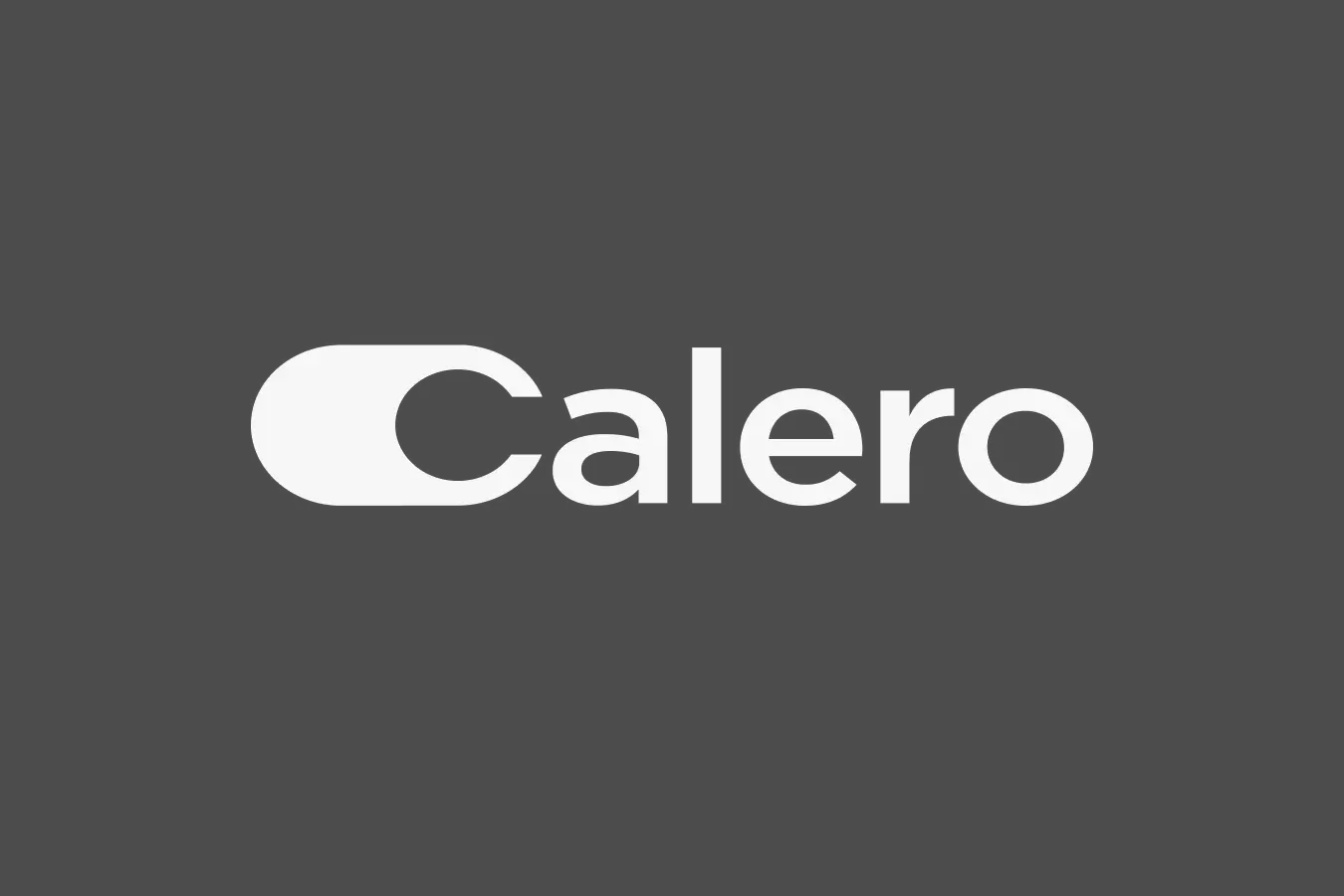Access the latest news, events and publications from Calero.

In this webinar, industry leaders Jason Wieser and Drew Lydecker will unpack why TBM is a must-have in today’s enterprise
technology stack. They’ll explore the risks and missed opportunities when TBM isn’t leveraged, and how it ties into future-proofing IT strategies across telecom, mobility, SaaS, and cloud.

12
…
39Events
Engage with our technology management experts through immersive virtual and in-person exclusive events, conferences, and webinars.








